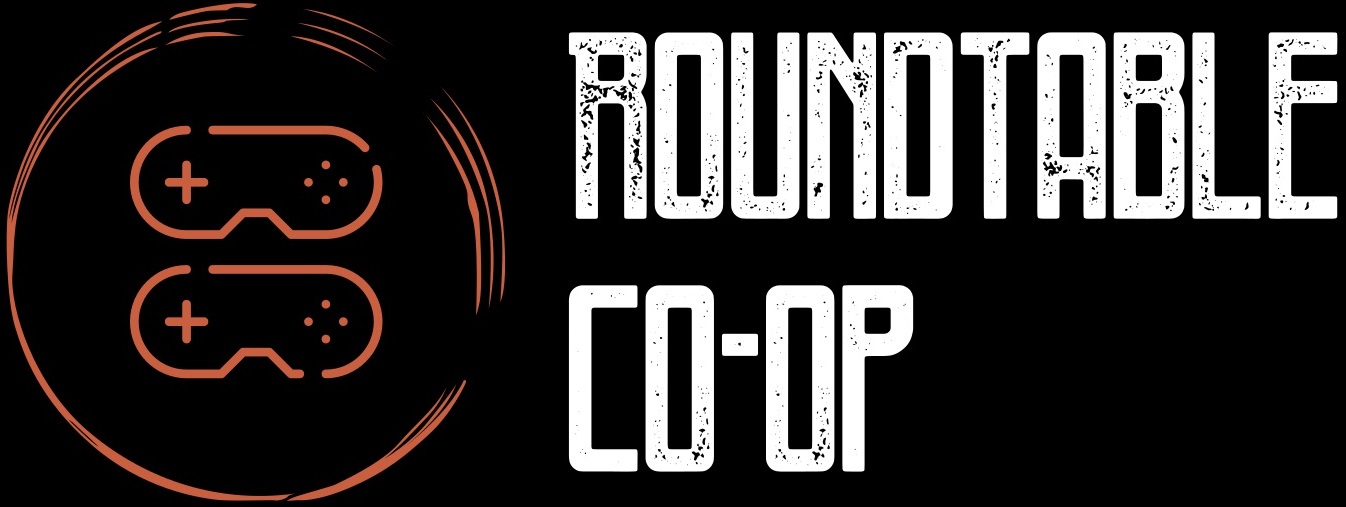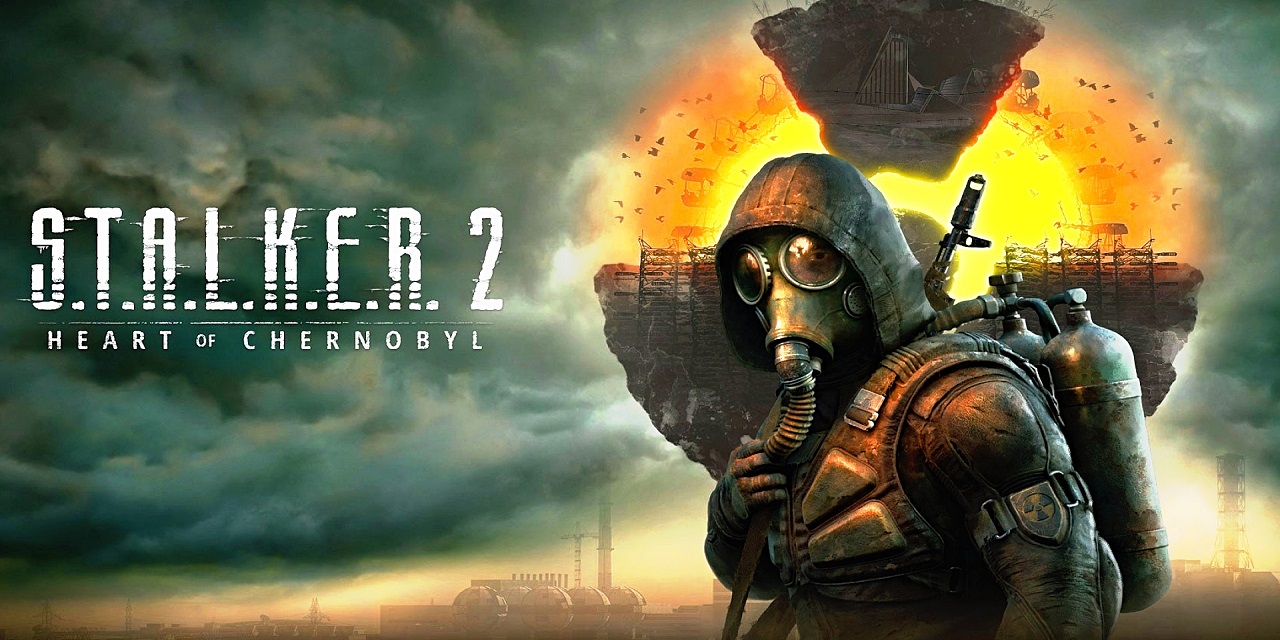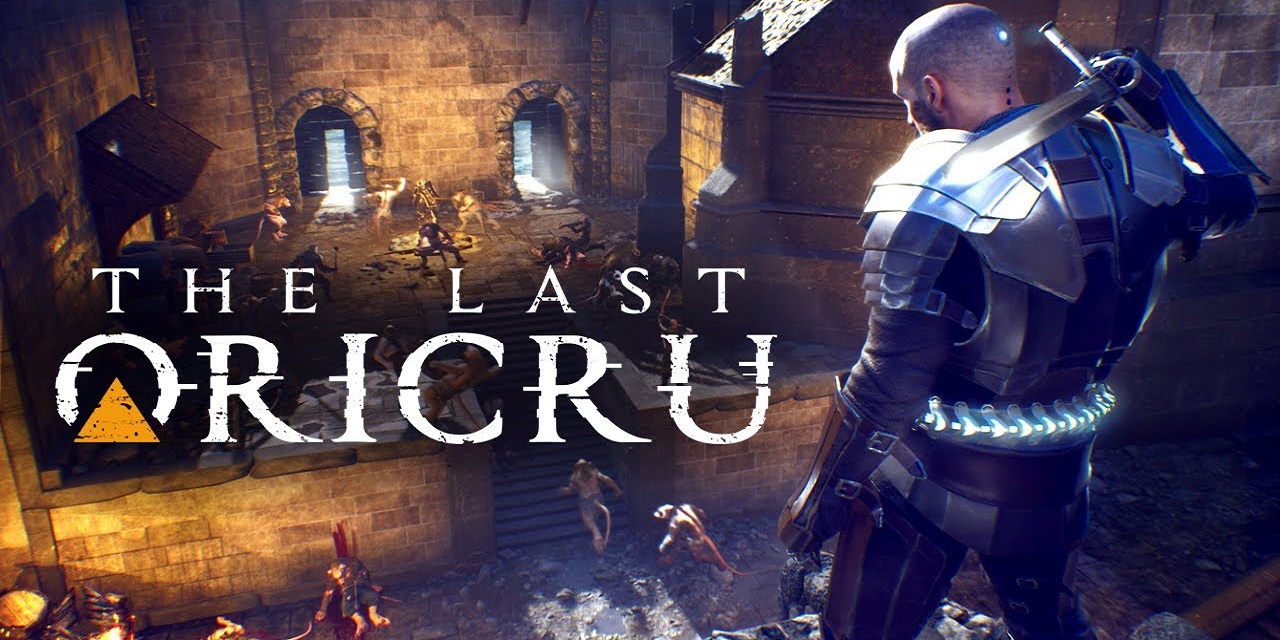Headquarters: World War II is yet another a solid entry into the WW2 turn-based strategy genre by publisher Slitherine and developer Starni Games, with engaging missions and strategic depth, but few problems to hamper enjoyment. It sits in the medium depth and moderately fast paced segment of the genre and excels in delivering on that experience. The gameplay is intuitive, and units behave as you would expect them to without having a hundred statistics to keep track of. While there is a training mission, a strategy veteran should not need it which shows an impressive level of refinement to the gameplay. The graphics are also a treat to see in a genre that is often dated in this regard to say the least. My personal preference is always for gameplay over graphics, so it’s hard to complain when you get both in this case.

Combat/Missions
The core element of Headquarters: World War II is of course the combat – and it’s good. It’s not the deepest combat simulation such as you’d get in Slitherines Flashpoint Campaigns or Shadow Empire, but it’s deep enough to be enjoyable, especially at the speed it plays out. You don’t need to agonise over moves and weigh 20 different variables, you can just approach it with a baseline level of experience in strategy games and do well. Starni Games have done a great job of reducing the complexity while maintaining a moderate amount of depth. The combat feels good with everything acting how you would expect it to. You place a unit in cover, and it will be more durable. Your tank losing its driver results in reduced movement; lose its gunner and you get less attacks per turn. It is impressive how logical and intuitive they have made it feel.
There is substantial unit variety that unlocks over the campaign. World War 2 era fans will enjoy the large number of units represented; from the humble Kubelwagen you start with to the mighty Tiger. You will also see some of the many variants side-by-side such as Panzer IIIe and Panzer IIIn which perform suitably differently. When selecting units to bring on a mission, each unit takes up two slots – the second slot is dead space when taking a tank but is used for a transport when taking infantry. There is a noticeable power increase when you get to upgrade from the bare bones Opel Blitz trucks to a Sd.kfz.251/ variant. Amusingly, you can bring your mortar team into battle inside a mortar halftrack – it’s hard to see how they have room for all that but if I’m allowed to double my indirect fire, I’m going to double my indirect fire!
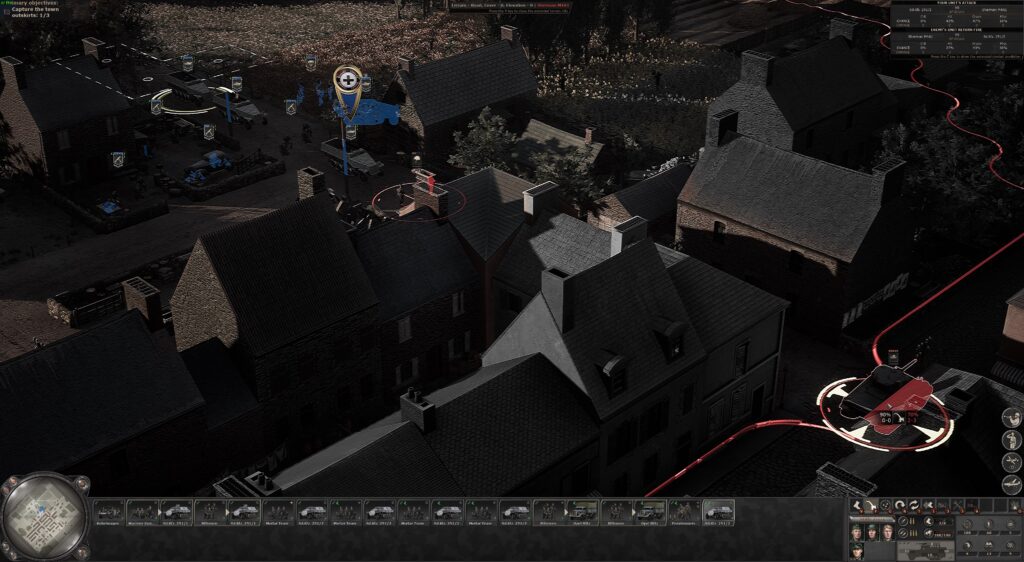
Some of the missions in Headquarters: World War II can be vague in the mission objectives where it’s not always obvious what you need to do or when objectives change. Once you learn how the game does things you can work around this but it’s one of the few things I’d like to see improved in the game. Clicking on the mission objectives in the top left of the screen will take you to the location and show a marker; getting in the habit of doing this helps minimise the problem. Another problem is related to the (awesome) cinematic shots on movement and attacks – you can left-click to skip the cinematic but if there was an ambush, it will skip that too leaving you not knowing what happened. It also puts the camera back in a place where you can’t see the feedback about what happened. Not game breaking – just annoying and seems easy to fix.
Command abilities are a nice addition – simple and straight forward to use such that they can still be impactful if used well. These are not complex like Shadow Empire stratagems but as with all the other systems, the developers found an excellent balance of added depth with minimal complexity. That seems to be a recurring theme through this review already.
Campaign persistence
After every mission in the Headquarters: World War II campaigns, you will be able to apply some upgrades. You can level your commander and apply trait points in one of three specialisations (infantry, armour, artillery), allowing you to enhance aspects of your playstyle. You can level up the units that stay with you from mission to mission, choosing between for example increased accuracy or increased camouflage. Lastly you can spend requisition points to swap units out, and new units unlock regularly throughout the campaign. Balancing these upgrades is always a large part of the fun in a campaign for me and I still fondly recall doing so for the first time in the game Sacrifice in ~2000. Balancing what units to take – a balance of infantry, artillery and tanks, specialised in one, skipping one, going for speed or range or durability, there are many options.

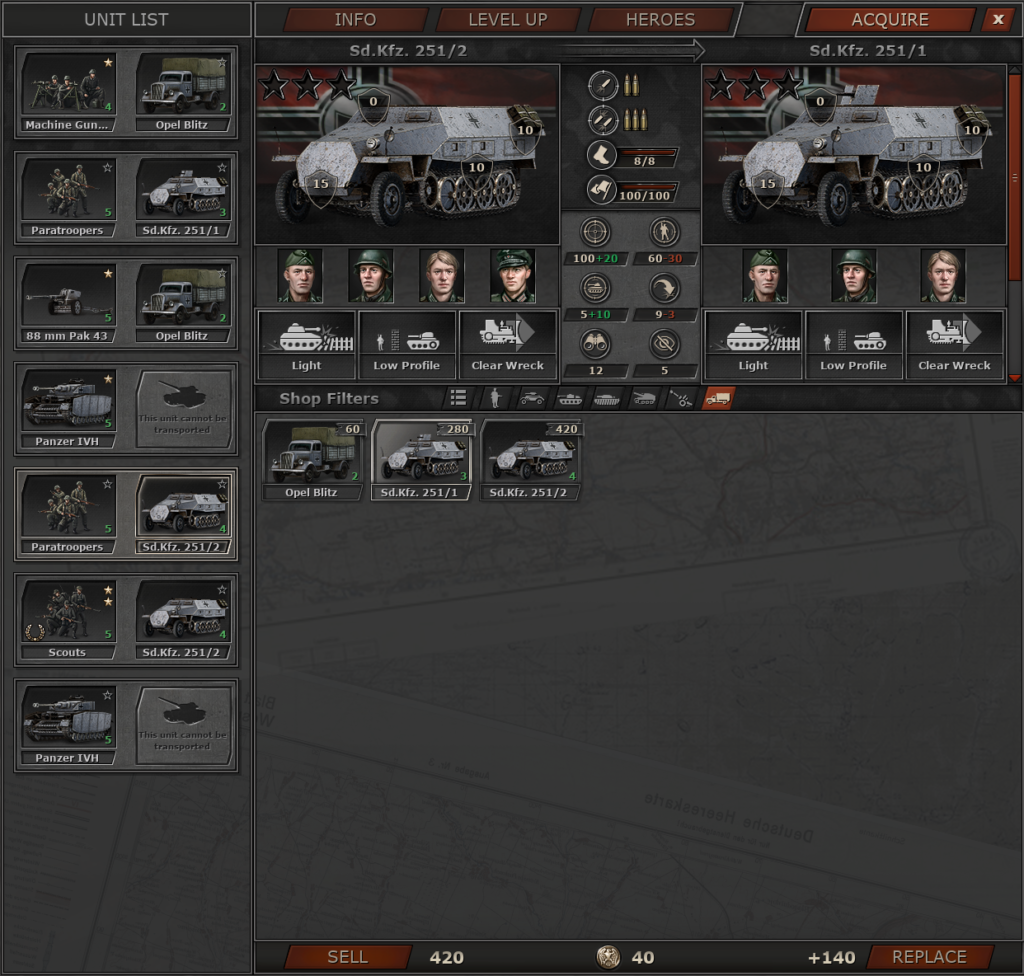
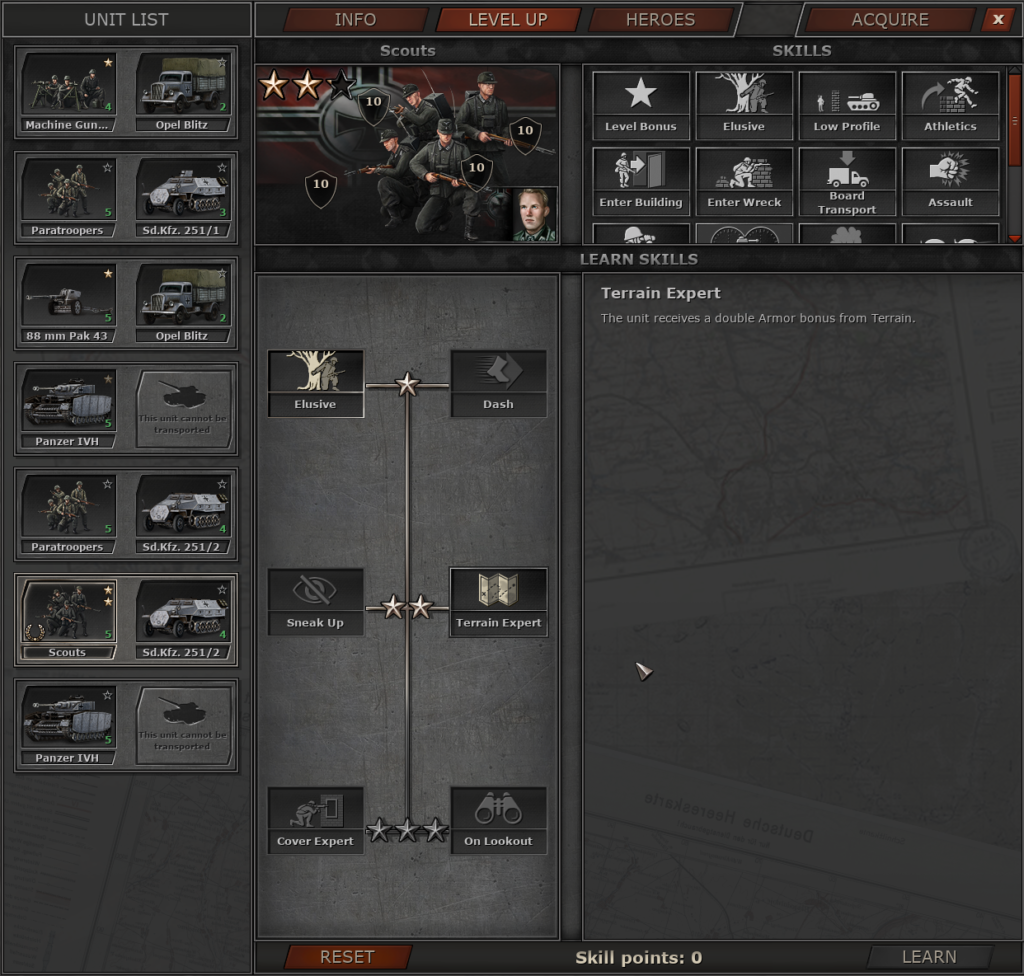


Graphics and Miscellaneous
The graphics are really good for a genre that often ignores it, and it can be a beautiful sight to see the cinematic camera kick on when you move a unit to attack an enemy. The infantry and tanks are well realised and readily discernible for what they are – you can easily tell between a Panzer III, Panzer IV and a Tiger which all look great. The environments also look good and the cities in particular are a pleasure to destroy.
Headquarters: World War II ships with a powerful scenario editor which should greatly extend the lifespan of the game if the community runs with it. It’s a little clunky to use but given the complexity of these tools that’s not unexpected and it’s certainly better than what you usually need to do, editing scripts in notepad. Sadly, there is no steam workshop support – yet. A developer has responded on the steam forums indicating that it is probably coming in the future which will help a lot in sharing these scenarios.
The unit and weapon sounds are all good with one notable exception – the German voices are not German, and it just sounds weird to have an Anglo say a monotone “verdammt”. It doesn’t impact gameplay at all, it’s just after the amazing voices from Company of Heroes, this is very much noticeably worse. How much of a negative this is will vary, for me it was at most a minor annoyance where “it would be nice to have actual German voices”, that’s about it. No borderless fullscreen is a glaring oversight – two or more monitors have been standard for gamers for a long time now, and even without two monitors it’s common to alt-tab to check Discord or any number of other applications, and the game responds very slowly when doing this. The last negative worth mentioning is the lack of rebindable hotkeys. Many of us have played games for decades at this point and are set in our ways. It would be good to be able to assign commands where we expect them to be without needing to use an external app like autohotkey to work around it.
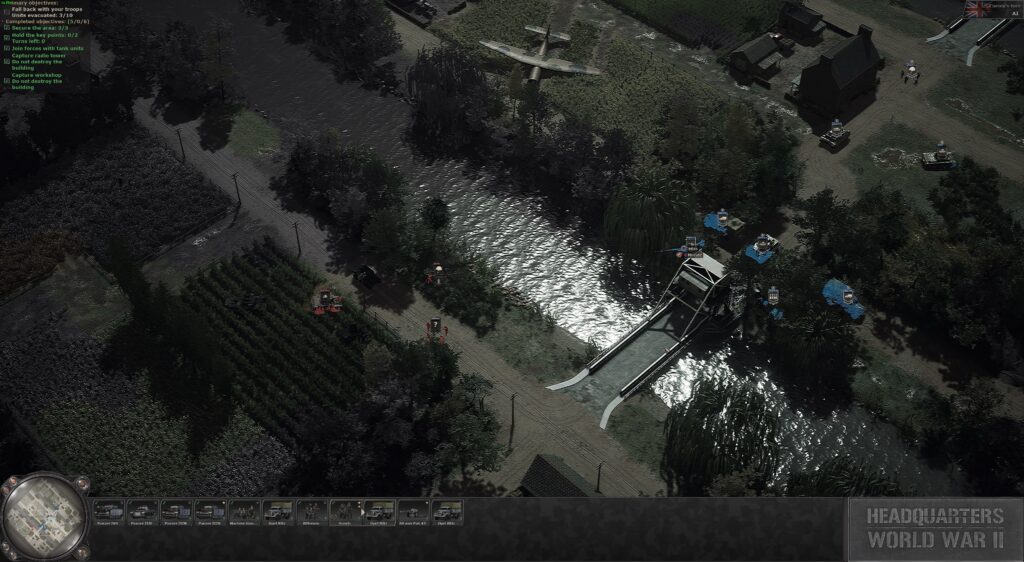
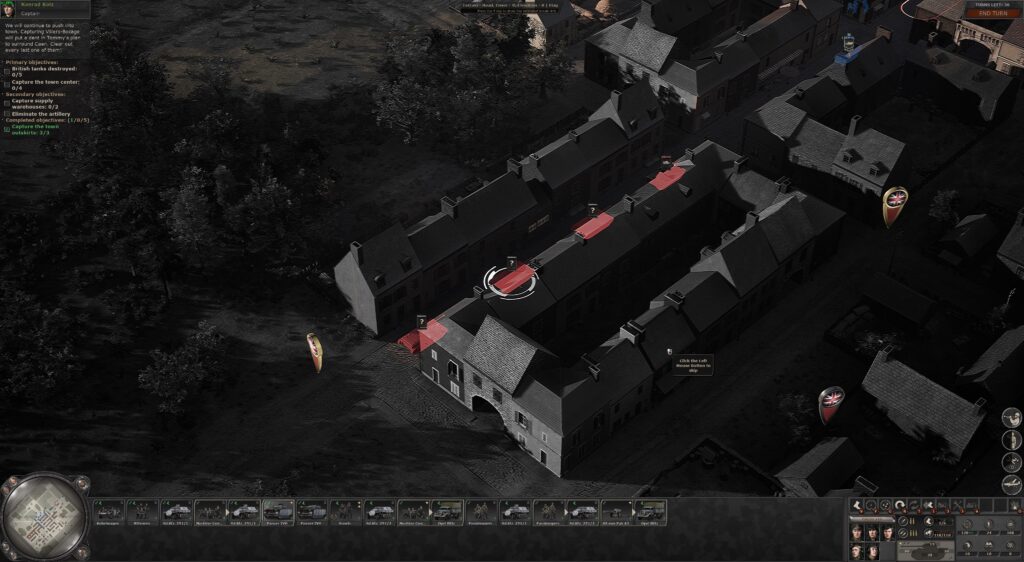
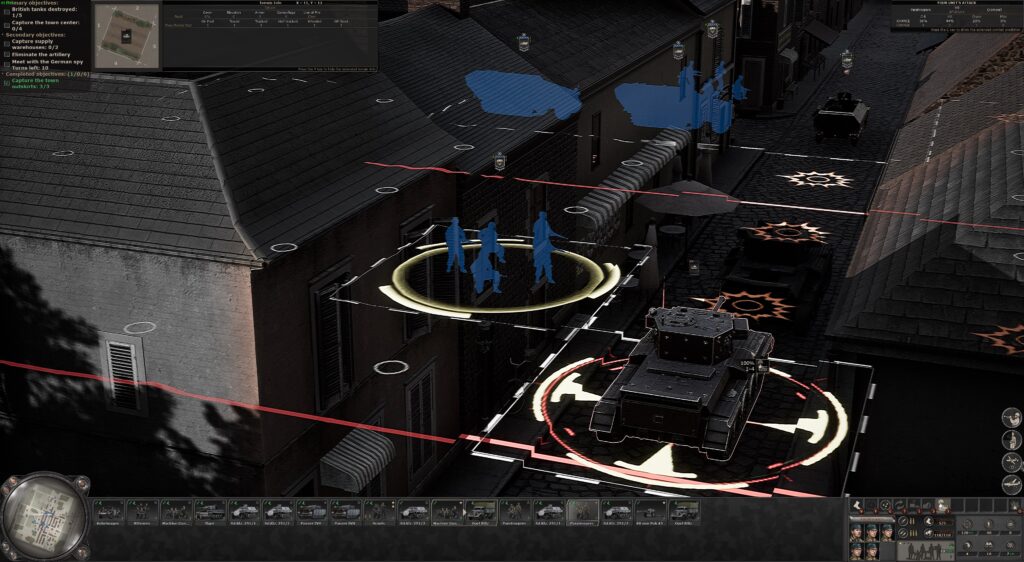
Strategy games have to make this vicious tradeoff where increasing their depth will increase their complexity. The former is great, but the latter is not – Headquarters: World War II doesn’t have the depth of Shadow Empire, Rule the Waves or Flashpoint Campaigns, but nor is it trivial like Waronoi or Pegasus Expedition. It manages to perform the rare feat of having very low complexity for the amount of depth and sits in a nice middle-ground alongside other indie games such as Master of Magic and Knights of Honor II, or the heavyweights Europa Universalis and Hearts of Iron IV that greatly expanded the niche strategy market due to their relative ease of getting into in a genre known for that not being the case. A lot of thought must have been put into every aspect of the games systems to make it feel this intuitive. It’s also fast paced for a turn-based game though if you rush you can be punished for it. The graphics are great, the sounds – other than the German voices – are great, the interface is functional but not ideal, and there are no game-breaking bugs. The game is an easy sell for anyone looking for a middling depth strategy game, and I’m looking forward to seeing what scenarios the community can come up with for it.
This review utilised a key provided by Slitherine and Headquarters: World War II is available for $AU52.65 ($US35.99) on Steam now.
#roundtablecoop
